Text and photos by Steven Nestor.
Larger than New York’s Central Park, though smaller than Paris’s Bois de Boulogne, at 1,697 acres Dublin’s Phoenix Park is one of the largest enclosed public parks in the world. For 350 years since being established by King Charles II in 1662 as a royal deer park the park has miraculously survived largely intact. All the more impressive given the Irish Republic’s occasionally cavalier attitude towards places of beauty and historical sites (especially from the days of the British Empire). Deserving or not, now a request has been made to declare the Phoenix Park a UNESCO world heritage site.
For most of my life, however, the park was only ever entered by car either because it was a space that needed to be crossed, or to visit the zoo near the main entrance. It was only in 2007 that I really began to go to the park and explore it. This late coming to the park was probably on account of my being part of that Irish generation whose mind-set was always looking abroad, having dismissed most of what was on offer at home (at times not without good reason). Five years on from my initial visits and the park’s scale and features still impress. Though it is expansive and “wild” in places, it can also be experienced and viewed simply as an open green space, a divided place, a place for leisurely pursuits and (for the city’s fringe) a place of exchange. For the wanderer it offers peace and escape in its immensity from a hectic city held off by its perimeter walls. While Dublin is largely visually obscured, from most parts of the park two imposing structures of religion and empire – the Papal Cross and Wellington’s monument – dominate. Although I have deliberately not properly or fully engaged with other structures in the park, these two could not be ignored, nor do they allow themselves to be ignored.
In 2008 I began to examine the Wellington Monument. At an impressive 62 meters in height the obelisk commemorates the Waterloo and Indian victories of the Irish-born 1st Duke of Wellington. It is the largest obelisk in Europe and would have been even higher had public funding not run out. With its surrounding open expanse it naturally semaphores to become a focal point for day-trippers, loners, soccer matches and picnics. For those interested in history and architecture it is a draw, but it seems to me that the majority come to it just because it is such a huge structure whose steps can be sat on and whose base can be climbed. As I was so used to seeing the obelisk, photographing it was quite a challenge and it required considerable concentration to defamiliarize myself with it and be re-impressed. This defamiliarization was then extended to the rest of the park, though that was somewhat easier in the earlier stages as I was largely only familiar with it as a place name.
When Pope John Paul II visited Ireland in 1979 he said mass in the Phoenix Park to a third of the country’s overwhelmingly Catholic population, including my very young self. For me its significance is remembering getting up before dawn with my father to get the train to Dublin and the scouts ushering the endless waves of the faithful arriving at the park. And I remember somebody fainting and the radios tuned in to get news of the Pope’s arrival. And I recall being shocked at the size of a giant excrement filled trench below the temporary toilets. Nonetheless, for a poor nation with broken roads and hand-me-down shoes the park and Ireland were on the world map and today a huge white cross stands dominating on a knoll marking the spot where the altar was. Today also, Ireland no longer has a Vatican ambassador and the Catholic Church seems to be inexorably and agonizingly imploding. Nonetheless, there is often a bouquet tied to the base of the cross, care of Dublin’s grateful Polish population.
Beyond these two imposing structures, about one third of the park is covered by trees, such as oak, beech and horse chestnut as well as a wide variety of wildlife habitats. As so little of Ireland is under forest (especially broad leaf) for me this variety, both gnarled in isolation and sheltered in copses, has a particular draw and fascination. Being surrounded by a city of over a million inhabitants there is something almost unexpected in their presence, along with the many roaming deer. There is also something unfamiliar in the character of the park’s trees: something you expect to find far beyond a city’s limits. In my exploration of the park I initially expected that I would shoot one place after another to come up with something representing a uniform topographical map. Instead and despite (or because of) the park’s scale I often returned to the same spots, re-photographing the same tree/s.
The Park has been about immersing myself into the vastness of its space and trying to make sense of the volume behind the statistics and history. Rather than use the very latest in digital photography I very deliberately decided to use a variety of analogue formats and films. For the most part square medium format was used to hold this work together, but I also used well out of date film, obsolete 126 film and a lens-less Vrede box camera. I felt that in concert their use helped me to better anchor my vision and work into this 350-year-old park. Using these antiquated photographic technologies brings me to the very edge of a crumbling inverse frontier, resulting in a truer representation of this enormous historical space. I also did not attempt to hide the shadow of my presence in some images so as to leave a small personal trace of my presence within this body of work. In addition to that I also chose on occasion to photograph out of focus to reflect my own myopia as well as for aesthetical interpretations.
My work is about recording this parkland and all that is encountered in the process. It is about fully entering the terrain and being completely absorbed by place and moment, even though the Phoenix Park itself is always going to be bigger than the Park.
For more information and photos please visit Steven Nestor website.

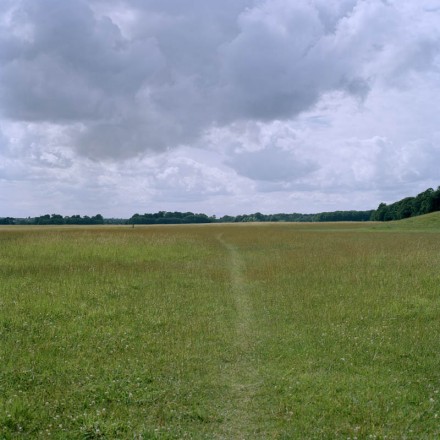
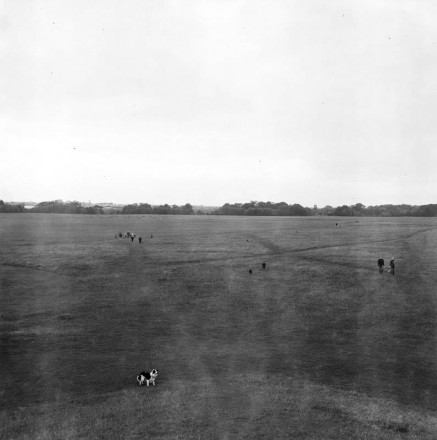
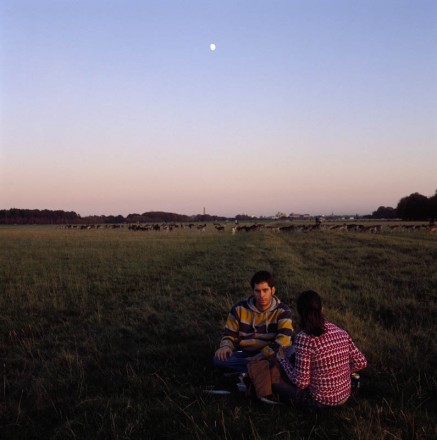
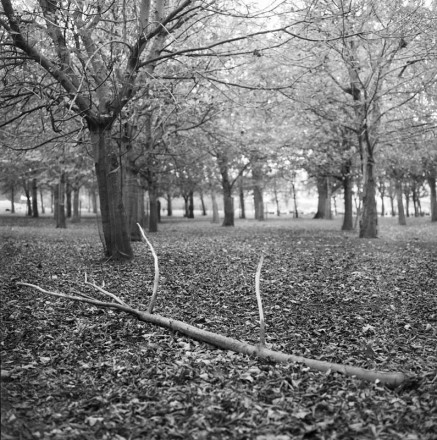
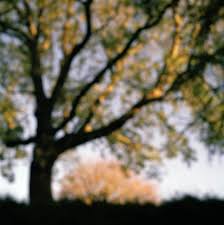
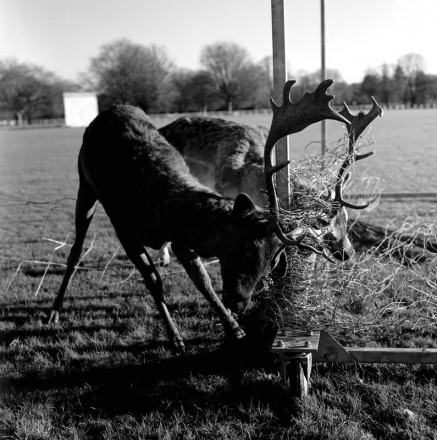
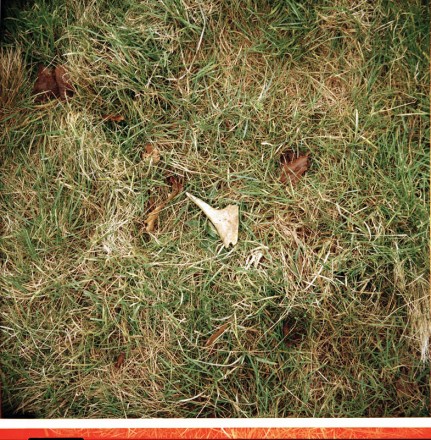
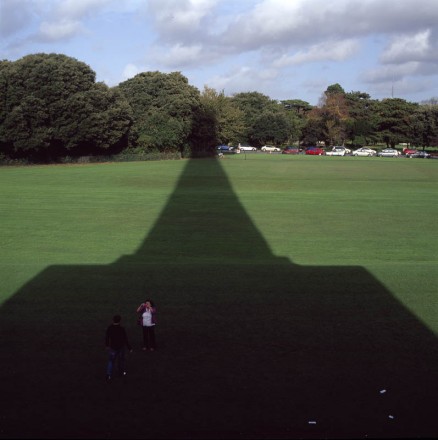
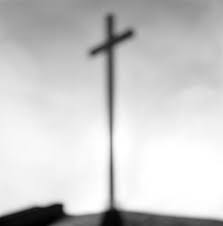
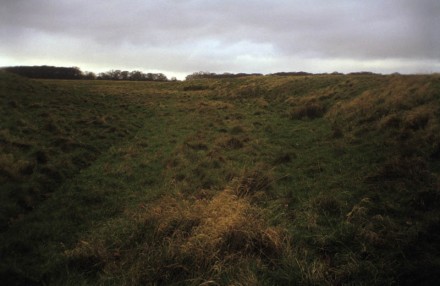
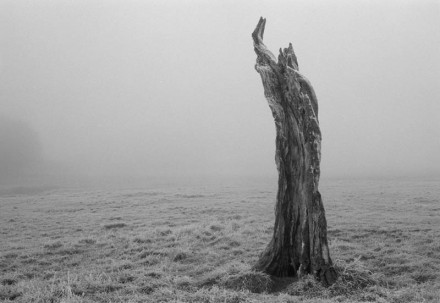
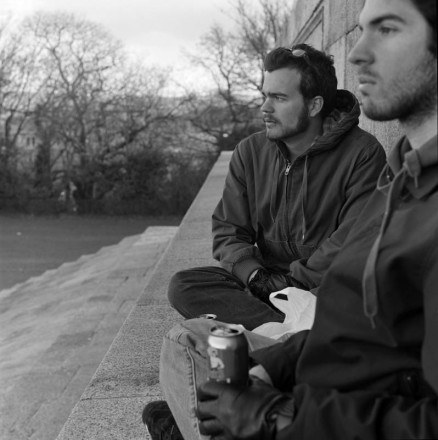
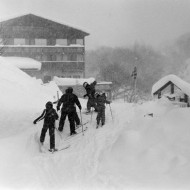
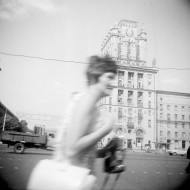
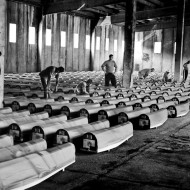
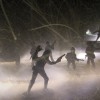
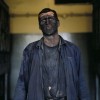





























You can also subscribe to this post comments RSS feed.